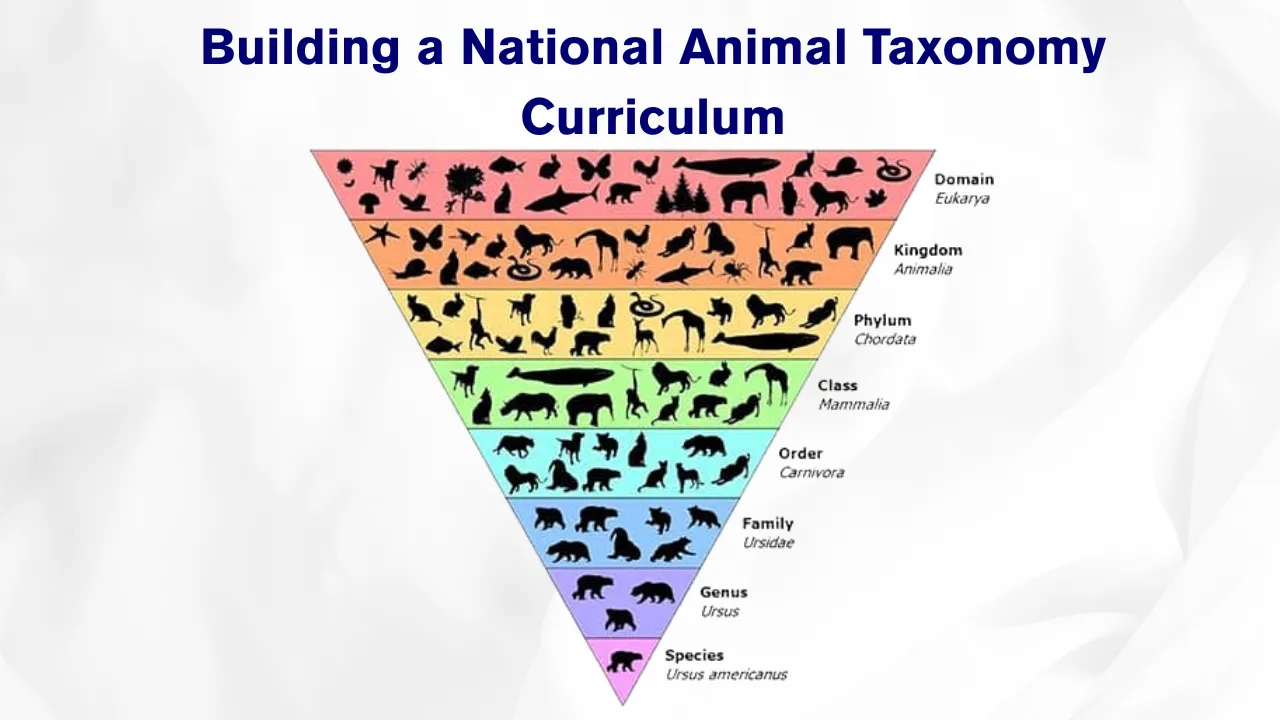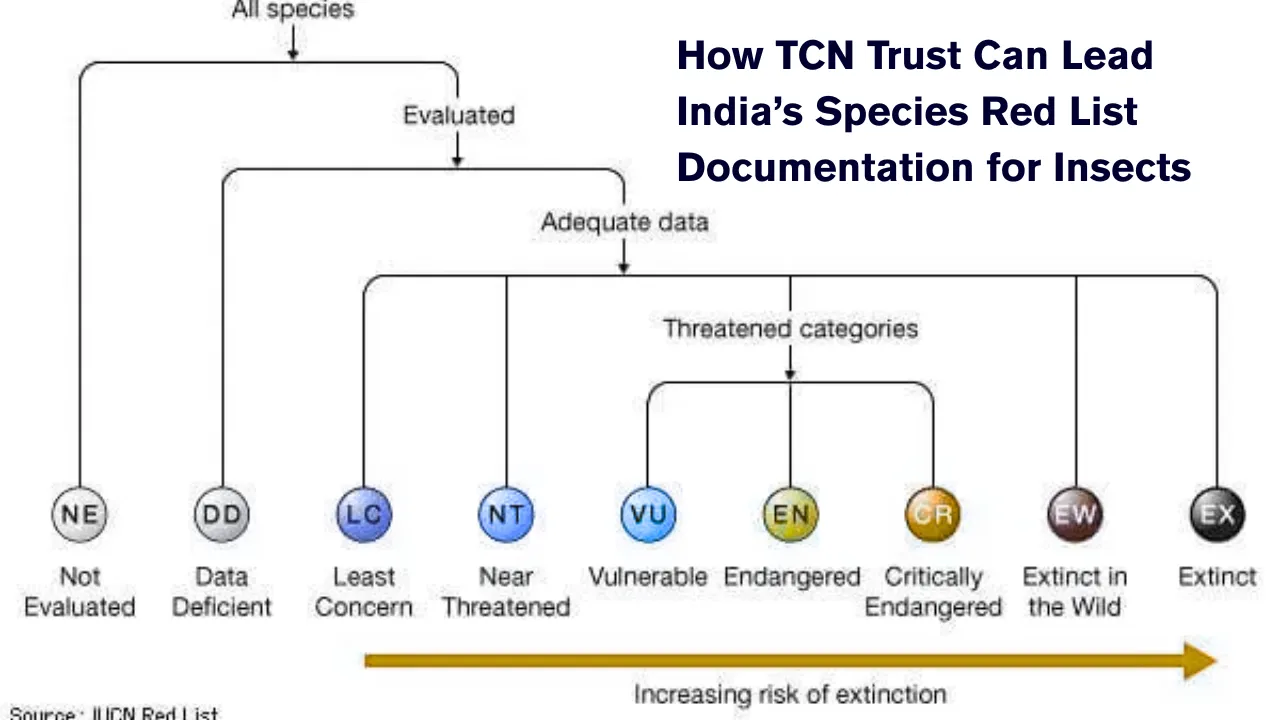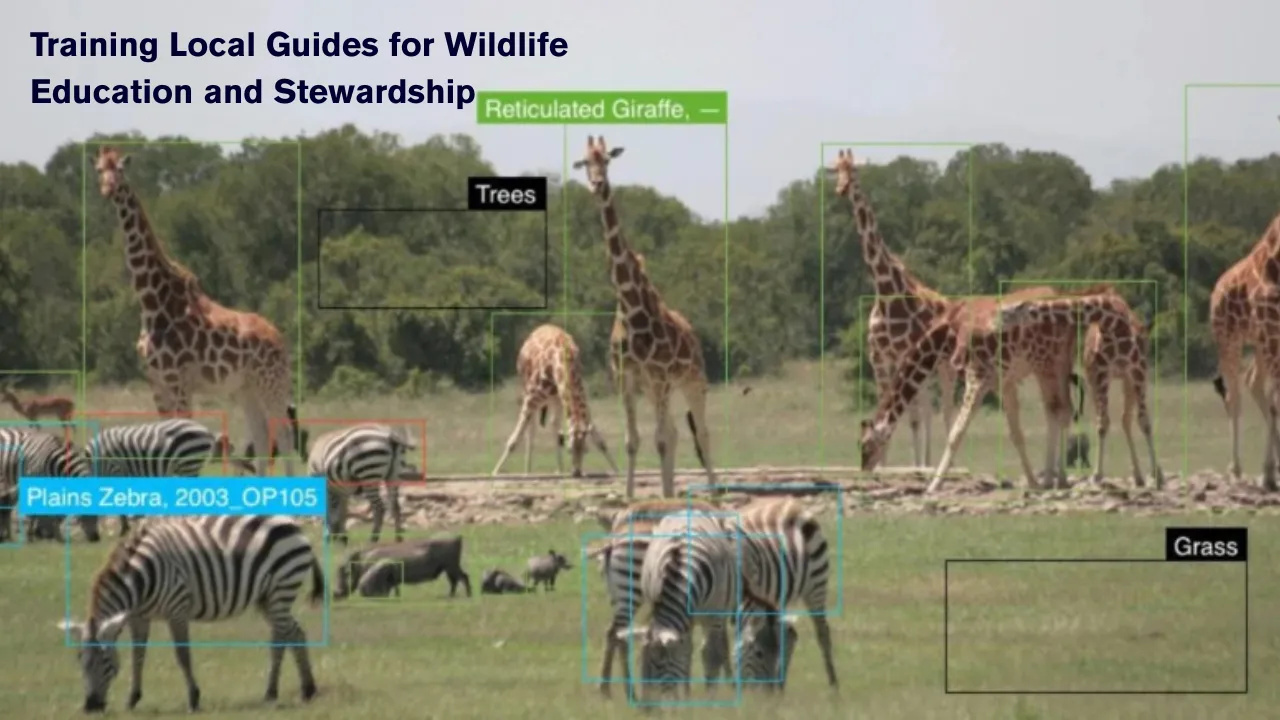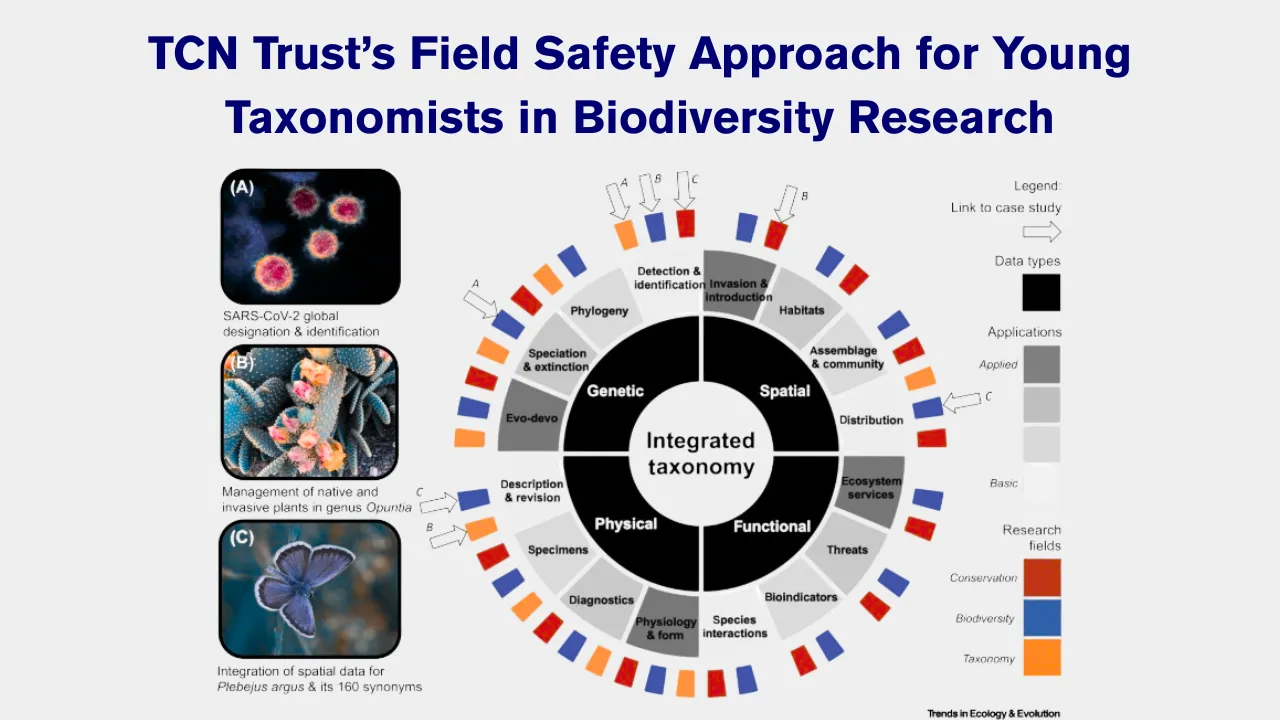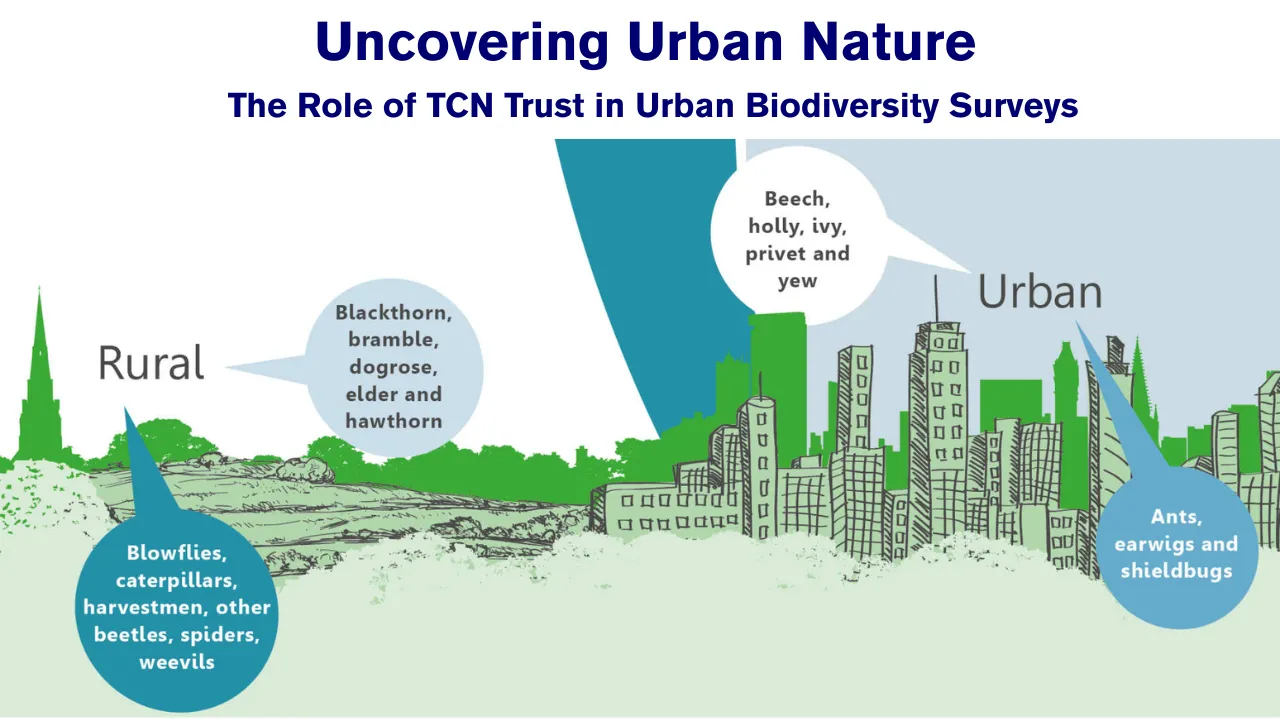National Animal Taxonomy Curriculum: The urgency to develop a National Animal Taxonomy Curriculum in India has never been greater. As one of the world’s richest biodiversity hotspots, India holds the responsibility to document, study, and protect a wide variety of animal species—many of which remain undescribed. Yet the science that enables this work, taxonomy, remains poorly integrated into mainstream education. Despite its central role in conservation and biological research, taxonomy is often treated as a niche discipline.
This article highlights the importance of creating a standardized taxonomy curriculum in India and explains how TCN Trust can take a leadership role in making it happen. Through its outreach work and deep understanding of environmental education, the Trust is uniquely positioned to spearhead this much-needed academic shift.
National Animal Taxonomy Curriculum: A Foundation for Biodiversity Knowledge and Conservation
Introducing a National Animal Taxonomy Curriculum in India would bridge critical gaps in biodiversity knowledge and species classification education. It would create a common framework across institutions, promote taxonomic literacy, and train a new generation of biologists with practical skills in identifying and studying animals. With support from organizations like TCN Trust, such a curriculum could integrate fieldwork, lab work, and conservation science into schools and universities. This effort would also support India’s commitments to ecological research, biodiversity documentation, and wildlife preservation. An inclusive and nationwide program can transform how science education contributes to sustainable environmental stewardship.
Overview of the Need for a Taxonomy Curriculum
| Key Element | Details |
| Biodiversity in India | Over 100,000 known animal species; thousands more remain undocumented |
| Current Educational Gaps | Taxonomy is not uniformly taught or integrated in national science syllabi |
| Skills Deficit | Fewer trained taxonomists entering scientific or conservation careers |
| Environmental Impact | Inaccurate species data can misguide conservation and research efforts |
| Academic Opportunity | Rising student interest in wildlife, ecology, and biodiversity science |
The Role of TCN Trust in Leading Taxonomy Education Reform
TCN Trust has already made a name for itself by fostering public engagement with science and biodiversity. Its grassroots education programs, field-based initiatives, and partnerships with scientific institutions make it well suited to lead the development of India’s first National Animal Taxonomy Curriculum.
Here’s how TCN Trust could lead the transformation:
- Curriculum Development: Collaborate with subject experts to design modules that introduce taxonomy from school to postgraduate levels.
- Training Ecosystem: Build instructor training programs so educators are equipped to teach taxonomy using real-world examples and modern tools.
- Digital Learning Platforms: Create accessible resources like field guides, videos, quizzes, and databases to support classroom learning.
- Inclusive Education: Ensure the curriculum reaches students across linguistic and geographic boundaries, incorporating local ecological knowledge.
- Policy Advocacy: Work with national education boards and ministries to formally introduce taxonomy modules into existing science frameworks.
By combining field experience with educational innovation, TCN Trust can anchor taxonomy firmly within India’s science curriculum and broader public understanding.
Why a National Curriculum Is Urgently Needed
Taxonomy is not just about naming species; it’s about understanding ecosystems, tracking environmental change, and building conservation policy based on accurate data. In India, where biodiversity is under constant threat from deforestation, urbanization, and climate change, the ability to identify and classify species correctly is more important than ever.
Unfortunately, taxonomy education is often left to specialized postgraduate programs, leaving students at earlier stages with little exposure to its value or application. A National Animal Taxonomy Curriculum would:
- Develop critical observation skills needed for field biology
- Standardize teaching methods across schools and colleges
- Support scientific research by generating a better-trained workforce
- Inspire interest in conservation and nature education from an early age
- Link traditional knowledge with modern science for a more holistic learning experience
Integrating taxonomy into India’s core science education would ensure that it is seen not as a niche subject, but as a fundamental scientific skill.
Components of an Ideal Taxonomy Curriculum
A strong National Animal Taxonomy Curriculum must combine theory and practice. It should aim to make taxonomy accessible and interesting to students of various educational levels, from high school to advanced research scholars.
Essential components should include:
- Introduction to animal classification systems and species nomenclature
- Practical training in identifying common Indian fauna
- Field modules including habitat observation, data collection, and specimen documentation
- Introduction to tools such as microscopes, dichotomous keys, and DNA barcoding
- Case studies linking taxonomy to conservation success stories
- Ethical considerations in species handling and wildlife research
Moreover, classroom content should be supported by outdoor experiences in local ecosystems—forests, wetlands, rural areas, or even urban biodiversity parks—so that students engage directly with India’s rich animal diversity.
How TCN Trust Can Scale the Vision Nationally
To ensure broad adoption and impact, TCN Trust could implement the curriculum using a decentralized but collaborative model:
1. Partner Institutions:
Work with regional colleges, universities, and nature centers to pilot and refine content before national rollout.
2. Training the Trainers:
Organize taxonomy bootcamps for science teachers, field educators, and community naturalists to scale expertise.
3. Curriculum Kits:
Distribute starter kits with activity booklets, ID charts, and digital tools that can be used in any classroom or field trip.
4. Local Language Editions:
Translate resources into major Indian languages to reach a diverse student population, making taxonomy more inclusive.
5. Blended Learning:
Use a mix of online and offline platforms to deliver lectures, quizzes, and field assignments in an interactive and flexible format.
With these steps, TCN Trust can ensure that the curriculum reaches deep into India’s educational and ecological landscape.
Long-Term Impact of a National Curriculum
The launch of a National Animal Taxonomy Curriculum would create a ripple effect across science education, environmental conservation, and public knowledge.
Expected benefits include:
- Increased number of trained taxonomists for research, academia, and government roles
- Better species documentation leading to more informed conservation decisions
- Boost in biodiversity science literacy among students, teachers, and citizens
- Opportunities for community science, encouraging locals to document and conserve local fauna
- Global recognition for India as a leader in biodiversity education
Most importantly, the curriculum would help nurture a generation of citizens who not only understand nature but are equipped to protect it through science.
FAQs
Q1. What is taxonomy in the context of education?
Taxonomy is the science of identifying, naming, and classifying animals. In education, it teaches students how to understand and document biodiversity systematically.
Q2. Why does India need a National Animal Taxonomy Curriculum?
India has immense biodiversity, but limited formal education in taxonomy. A national curriculum would help fill this knowledge gap and support conservation and research.
Q3. How can TCN Trust contribute to this curriculum?
TCN Trust can design content, train educators, create outreach materials, and collaborate with institutions to implement the curriculum nationally.
Q4. Will the curriculum include fieldwork and practical exercises?
Yes, field experiences and hands-on training are essential parts of a well-rounded taxonomy curriculum.
Q5. Can this curriculum be adapted for different age groups?
Absolutely. It can be modular, with simplified content for schools and advanced topics for higher education and research.
Final Thought
India’s natural heritage is both a national treasure and a global responsibility. To protect it, we need more than policies—we need people who understand it. By leading the development of a National Animal Taxonomy Curriculum, TCN Trust has the opportunity to reshape science education and conservation in the country.
With a well-structured, inclusive, and practical curriculum, the Trust can cultivate a generation of students and scientists who are passionate about biodiversity and equipped with the skills to study and preserve it. This vision goes beyond classrooms—it’s a movement to connect young minds with the living world, using science as the bridge. Now is the time to act.
